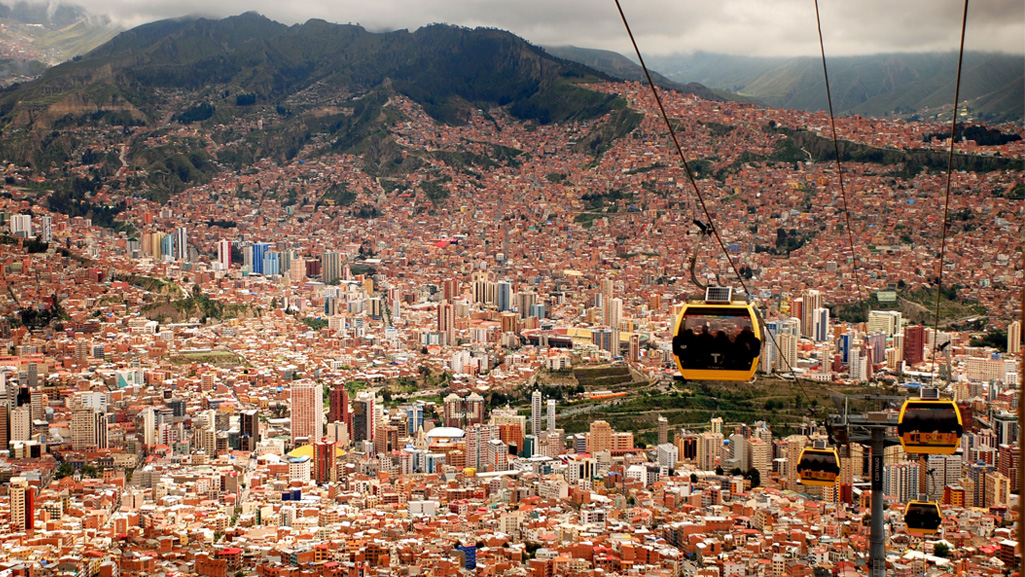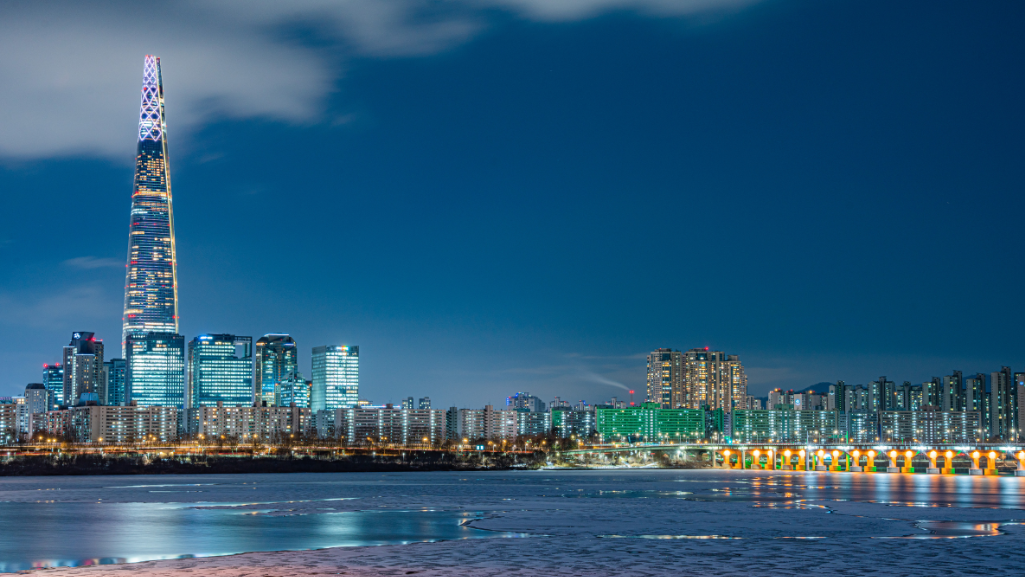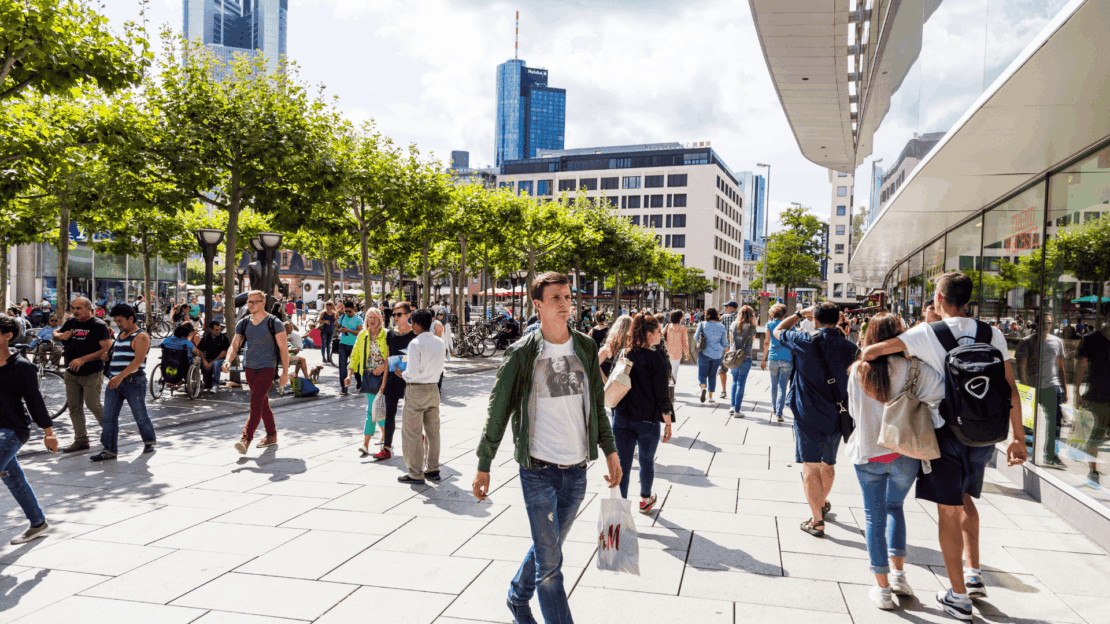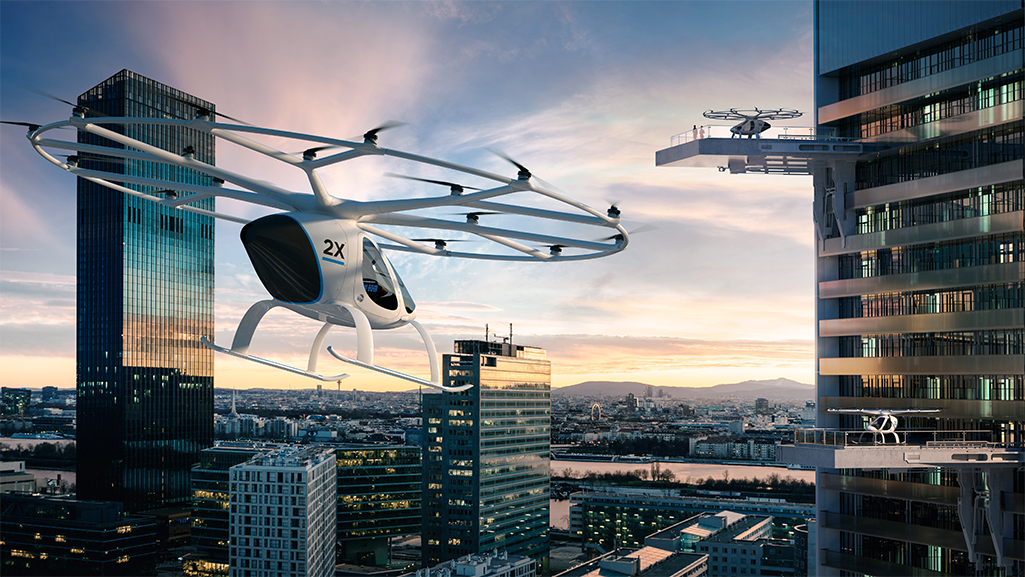Once regarded as little more than a tourist attraction or transit mode for skiers, cable cars are increasingly conquering urban mobility.
The idea is appealing: Instead of being stuck in traffic, simply hover over it. But how and where are urban cable cars suitable for public transport? And can they help reduce congestion in cities?
Cities worldwide recognize the potential of urban cable cars. Not only are they useful across rough terrain when railway or tram tracks are difficult to build; they can also overcome significant differences in altitude.
Cables cars can also help close gaps in the public transport network and connect peripheral communities to city centers.
Cable cars – success stories
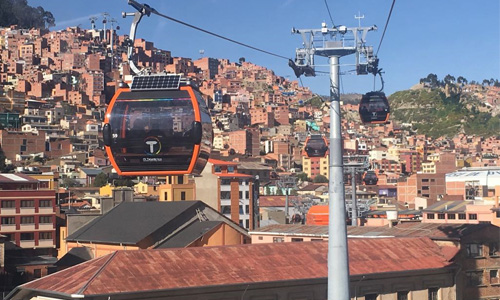
In 2004, the Columbian city of Medellín was the first in the world to introduce a daily running urban cable car system. The system connects underprivileged hilltop neighborhoods with the city center.
The city’s “Metrocabel” has therefore an important social function. People save transport costs and get easier and faster access to job opportunities.
Same in La Paz, Bolivia. Since its launch in 2014, the cable car network has become an important element of the urban infrastructure and was continuously expanded. Today there are ten lines with a total length of 30 kilometers. Up to 50,000 passengers can travel per hour.
In the Turkish capital Ankara, an urban cable car was built between a suburb and the city center to reduce congestion. It’s successful: instead of being stuck in traffic, commuters now travel the 3.2 km distance in just 10 minutes.
Cables cars are cheaper
Another advantage of urban cable car networks: building them can be up to 80% cheaper than conventional mobility services. That’s because of the minimal space required for construction, and the flexibility in the allocation of ground infrastructure.
Moreover, urban cable cars require low maintenance and minimal manpower – no drivers or ticket inspectors needed. So long-term costs are kept low.
A further plus is environmental – cable cars run on electricity so are emission-free. And they produce very little noise.
Planning cable car networks
This is why many cities worldwide are considering to add cable cars to their mobility networks.
One example comes from Germany. In the Bavarian town of Dachau, many people are commuting daily to the nearby metropolis of Munich. That regularly pushes the region’s road and rail network to its limits.
A urban cable car, so believe the town’s leaders, could solve this problem in an emission-free and silent way.
To understand if it is worth investing in such mode of transport, Dachau asked PTV Group to do a potential study.
“Whether or not a cable car is a profitable investment depends on the actual conditions on-site”, says Gunnar Liehr, a transport consultant from PTV Group, “Our task was to investigate which routes would be possible and how many passengers would use such an offer.”
The consultants dealt with various questions: Which destinations in the region are relevant for commuters, and which for leisure activities? How could the cable car be linked to the existing public transport network? Which routes would be possible? What are the expected costs for construction? How many people would use the cable cars?
In the final analysis, the route from Dachau via Karlsfeld to Moosach proved to be particularly promising, potentially serving up to 24,000 passengers per day.
“Our study has shown great potential for a cable car system in the Dachau region”, explains Liehr, “because of its high capacity, it could become a useful addition to the existing public transport system.
“Although the speed is low, travel times would be attractive since an uninterrupted ride can normally be guaranteed. The study now serves as a basis for the city’s decision-making process.”
Simulating cable cars
By the way: simulation software can model and predict cable car operations, just like it can be done for classic means of transport such as buses, cars, and trams. The only main difference is that gondolas move forward continuously and at linear speed.
